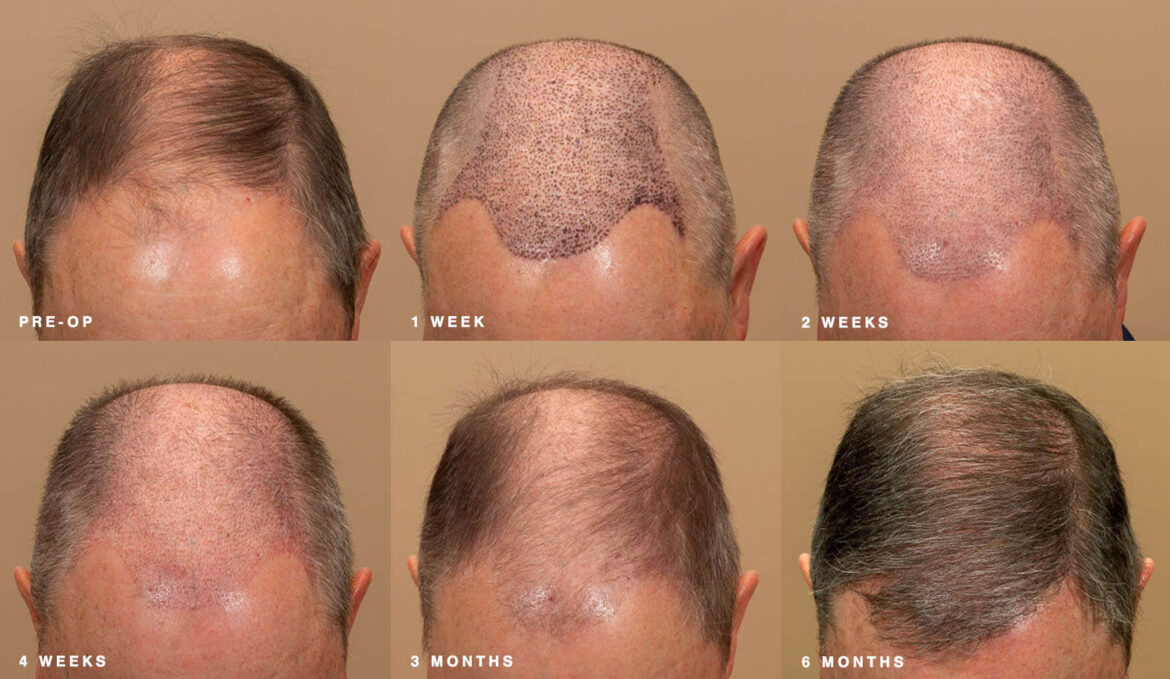Hair transplants have become a leading solution for people looking to restore hair lost due to genetics, age, or medical conditions. Thanks to continuous advancements in medical technology, the techniques used today are far more precise, minimally invasive, and capable of producing natural results than ever before. If you’re considering hair restoration, understanding the top methods currently used in the field is essential. This article explores the most effective and widely adopted techniques featured in the best hair transplant London clinics.
Patients seeking a quality and personalized experience should look for clinics that combine advanced procedures with expert care. For example, this best hair transplant London clinic is known for utilizing innovative techniques and delivering tailored solutions that meet both aesthetic goals and medical safety standards.
1. Follicular Unit Extraction (FUE)
FUE is currently the most popular hair transplant technique in London and worldwide. It involves extracting individual follicular units directly from the donor area—typically the back or sides of the scalp—and then implanting them into the thinning or balding regions.
Key Benefits of FUE:
- Minimally invasive: No need for stitches or large incisions.
- Quick recovery time: Most patients return to daily activities within a few days.
- Natural results: Precision in follicle placement ensures a natural hairline and even density.
- Low scarring: Small circular scars that are nearly invisible, even with short hairstyles.
FUE is ideal for patients with moderate hair loss who are looking for a discrete procedure and fast recovery.
2. Follicular Unit Transplantation (FUT)
Also known as the “strip method,” FUT is a more traditional hair transplant technique. In this procedure, a strip of scalp containing healthy hair follicles is surgically removed from the donor area. The follicular units are then separated under a microscope and implanted into the recipient area.
Key Benefits of FUT:
- Suitable for larger areas: Ideal when many grafts are needed in one session.
- Efficient use of donor hair: More follicles can be harvested in a single session.
- Cost-effective: Often more affordable than FUE due to shorter surgery time.
FUT may leave a linear scar, which can be covered by longer hair, making it more suitable for patients who do not intend to keep their hair extremely short.
3. Direct Hair Implantation (DHI)
DHI is a newer, modified version of FUE. Instead of manually creating channels in the recipient area, DHI uses a special implanter pen that simultaneously opens the channel and inserts the graft. This allows for better control of the depth, direction, and angle of each implanted follicle.
Key Benefits of DHI:
- Higher precision: Greater control results in more natural hair growth patterns.
- Less trauma to the scalp: Reduces bleeding and improves healing.
- High graft survival rate: Limited handling of follicles helps maintain graft quality.
DHI is particularly useful for hairline reconstruction and eyebrow or beard transplants due to its accuracy and refined aesthetic results.
4. Sapphire FUE
An advanced variation of the traditional FUE method, Sapphire FUE uses blades made from sapphire instead of steel. These blades allow for smaller, more precise incisions.
Key Benefits of Sapphire FUE:
- Faster healing: Smaller incisions result in quicker recovery.
- Increased density: Precision allows for closer graft placement.
- Reduced inflammation: Sapphire blades cause less trauma to the skin.
This method is well-suited for patients looking for high-density hair restoration with minimal side effects.
5. Robotic-Assisted Hair Transplantation
Some London clinics now use robotic systems to assist in hair transplant procedures. These machines help with the extraction and placement of grafts by using AI-based mapping and analysis tools.
Key Benefits of Robotic Assistance:
- Consistency and accuracy: Reduces human error.
- Speed: Speeds up the extraction process.
- Custom planning: Software helps design optimal implantation patterns.
While still not widespread, robotic transplants are growing in popularity among clinics with access to the latest medical technologies.
Choosing the Right Technique
The most suitable technique depends on various factors, including:
- The extent of hair loss
- The quality and availability of donor hair
- Desired results and hairline design
- Budget and recovery time preference
A professional consultation will help determine which method aligns with your goals and medical condition. The best hair transplant London clinics will assess your needs and recommend a customized plan using one or more of the techniques mentioned above.
Final Thoughts
The success of a hair transplant lies not only in the choice of technique but also in the skill of the surgeon and the quality of post-operative care. By understanding the options available, you’ll be better equipped to choose a method that suits your unique requirements.
Whether you opt for FUE, FUT, DHI, or another modern approach, choosing a reputable clinic with experienced professionals is essential to achieving lasting, natural-looking results.
